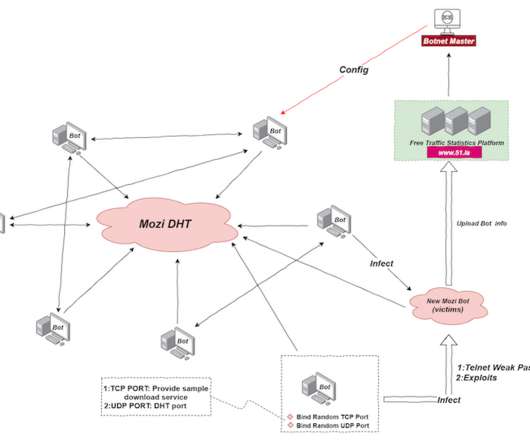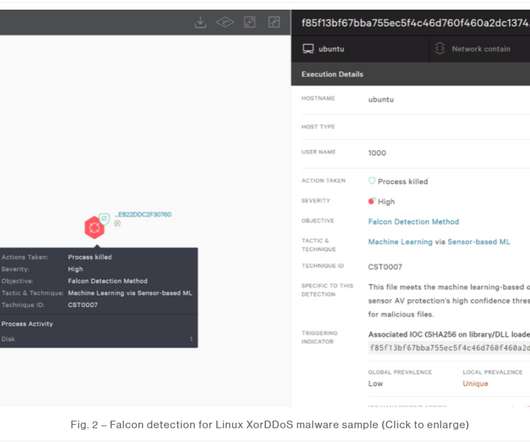Pink Botnet infected over 1.6 Million Devices, it is one of the largest botnet ever seen
Security Affairs
NOVEMBER 1, 2021
The botnet was created to launch DDoS attacks and to insert advertisements in the legitimate HTTP traffic of the victims, most of which are in China (96%). The botnet leverages a robust architecture based on a combination of third-party services, P2P, and Command & Control servers. million devices.




















Let's personalize your content